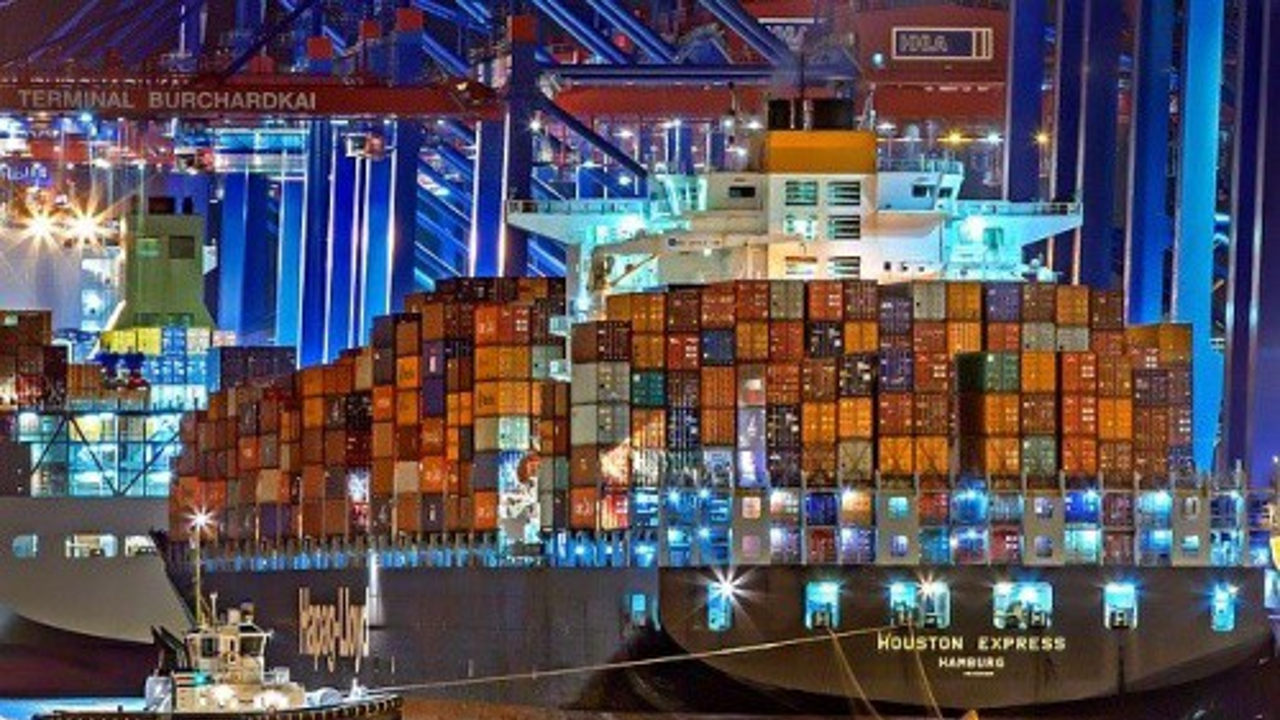
With improved communication technology comes improved maritime communication. 5G is expected to facilitate the roll-out of smart drones that can return real-time monitoring of ships entering and leaving ports and improve ship-shore communications for ship traffic. In addition to providing a better connectivity for the internet of things sensors that can assist in search and rescue efforts by providing real-time information and accurate positioning of downed or stuck vessels.
In such context, “LTE, WIFI and 5G Massive MIMO Communications in Maritime Propagation Environments” (MAMIME), is the world’s first maritime 5G communication project that is funded by the Norwegian Research Council. The project aims to develop optimised LTE and WIFI systems, and research dedicated to 5G solutions for the maritime applications. In addition, Super Radio AS is the Pre-5G test solution provider for the small-version Yara-birkeland autonomous ship, which is regarded as the world’s first fully electric and autonomous container ship.
“Digitalisation presents many opportunities and advantages for industry players, but it can only reach its full potential when data flows are seamless”
The main inputs and contributions are:
- The digital evolution is shaping the maritime future in multiple aspects – both onshore and offshore – and shipping organizations are facing pressure to operate more efficiently and profitably while catering to the increasingly sophisticated customer demands.
- Standardisation is key to improving data flow and enhancing interoperability and synergy. Meanwhile, even as automation and other technological innovations can benefit the industry by easing strenuous tasks and streamlining workflow, lack of standardisation remains one hurdle to industry-wide digitalisation.
- In that sense, there is a growing focus on utilisation of consolidated data for both business and compliance purposes. Data needs to be standardised when generated for more efficient collection, processing and analysis, to deliver the value of timely decision- making.
In case of implementing this kind of solutions the expected benefits will be:
- Advanced communication technologies will improve the safety of commercial shipping for the better, saving lives, preventing accidents and putting less pollution into our already affected oceans.
- 5G could completely change the way the shipping industries works, providing more opportunities for the Internet of Things devices and facilitating the way for the most exciting aspect of new technologies – autonomous shipping.
- Unmanned vessels could mean that ships can spend much more time at sea than human-controlled ones. Such innovation enables increased productivity, reduces reliance on human resources and is less prone to human error.
- There are also many strategic business benefits that can be reaped with digitalisation – from operational efficiency improvements and cost reductions, to environmental performance enhancements.
[button url=»https://futureiot.tech/maritime-5g-will-hasten-iot-adoption-in-shipping-industry/» class=»» bg=»» hover_bg=»» size=»14px» color=»» radius=»0px» width=»0px» height=»0px» target=»_self»] See the complete paper [/button]
Maritime 5G will hasten IoT adoption in shipping industry. How the introduction of 5G will change the shape of shipping

With improved communication technology comes improved maritime communication. 5G is expected to facilitate the roll-out of smart drones that can return real-time monitoring of ships entering and leaving ports and improve ship-shore communications for ship traffic. In addition to providing a better connectivity for the internet of things sensors that can assist in search and rescue efforts by providing real-time information and accurate positioning of downed or stuck vessels.
In such context, “LTE, WIFI and 5G Massive MIMO Communications in Maritime Propagation Environments” (MAMIME), is the world’s first maritime 5G communication project that is funded by the Norwegian Research Council. The project aims to develop optimised LTE and WIFI systems, and research dedicated to 5G solutions for the maritime applications. In addition, Super Radio AS is the Pre-5G test solution provider for the small-version Yara-birkeland autonomous ship, which is regarded as the world’s first fully electric and autonomous container ship.
“Digitalisation presents many opportunities and advantages for industry players, but it can only reach its full potential when data flows are seamless”
The main inputs and contributions are:
- The digital evolution is shaping the maritime future in multiple aspects – both onshore and offshore – and shipping organizations are facing pressure to operate more efficiently and profitably while catering to the increasingly sophisticated customer demands.
- Standardisation is key to improving data flow and enhancing interoperability and synergy. Meanwhile, even as automation and other technological innovations can benefit the industry by easing strenuous tasks and streamlining workflow, lack of standardisation remains one hurdle to industry-wide digitalisation.
- In that sense, there is a growing focus on utilisation of consolidated data for both business and compliance purposes. Data needs to be standardised when generated for more efficient collection, processing and analysis, to deliver the value of timely decision- making.
In case of implementing this kind of solutions the expected benefits will be:
- Advanced communication technologies will improve the safety of commercial shipping for the better, saving lives, preventing accidents and putting less pollution into our already affected oceans.
- 5G could completely change the way the shipping industries works, providing more opportunities for the Internet of Things devices and facilitating the way for the most exciting aspect of new technologies – autonomous shipping.
- Unmanned vessels could mean that ships can spend much more time at sea than human-controlled ones. Such innovation enables increased productivity, reduces reliance on human resources and is less prone to human error.
- There are also many strategic business benefits that can be reaped with digitalisation – from operational efficiency improvements and cost reductions, to environmental performance enhancements.
[button url=»https://futureiot.tech/maritime-5g-will-hasten-iot-adoption-in-shipping-industry/» class=»» bg=»» hover_bg=»» size=»14px» color=»» radius=»0px» width=»0px» height=»0px» target=»_self»] See the complete paper [/button]
0 respuestas en "Maritime 5G will hasten IoT adoption in shipping industry. How the introduction of 5G will change the shape of shipping"
Deja un mensaje
Lo siento, debes estar conectado para publicar un comentario.

0 respuestas en "Maritime 5G will hasten IoT adoption in shipping industry. How the introduction of 5G will change the shape of shipping"